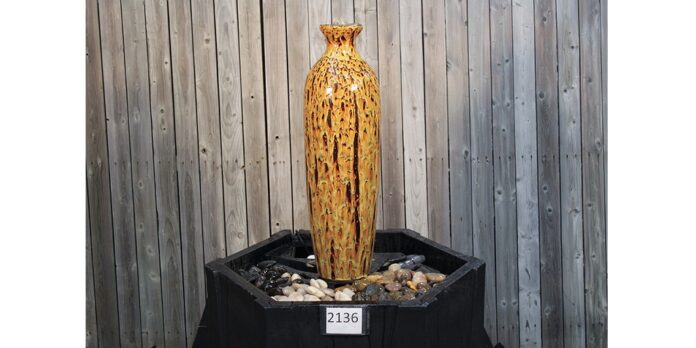Have you ever heard of Japandi design? It’s a beautiful blend of Japanese minimalism and Scandinavian simplicity that’s taking the interior design world by storm. Read on below to learn more about the origins of Japandi design and how to incorporate it into your home and garden.
What is Japandi Design?
Japandi design is a fusion of Japanese and Scandinavian design styles. It combines the simplicity and minimalism of Scandinavian design with the elegance and sophistication of Japanese design. The result is a unique aesthetic that’s both calming and inviting.
The Origins of Japandi Design
Scandinavian design has been around since the mid-20th century, and it’s characterized by the notion of “hygge”, the concept of creating coziness that emphasizes making a tranquil and comfortable sanctuary of your home with clean lines, functionalism, and a focus on natural materials.
Japanese design, on the other hand, has been around for centuries and is known for its simplicity, elegance, and attention to detail. Modern Japanese design often employs the concept of wabi-sabi, which philosophizes that the state of imperfection is, in itself, a state of beauty.
Japandi design combines Scandinavian and Japanese design and emerged as a response to the fast-paced, technology-driven world we live in. People are looking for ways to simplify their lives and create spaces that are both beautiful and functional. Japandi design does just that by blending the best of both worlds.
Incorporating Japandi Design in Your Home
If you’re interested in incorporating Japandi design into your home, there are a few key elements you should focus on:
Minimalism
Japandi design is all about simplicity, so decluttering your space is a must. Get rid of anything that doesn’t serve a purpose or bring you joy. Focus on a few key pieces that are both functional and beautiful.
Natural Materials
Japandi design emphasizes the use of natural materials like wood, stone, and linen. These materials create a calming and inviting atmosphere that’s perfect for relaxation.
Neutral Colors
Stick to a neutral color palette of whites, grays, and muted earth tones. These colors create a soothing environment that’s perfect for unwinding after a long day.
Textures
Incorporate textures like woven baskets, sheepskin rugs, and natural fibers to add depth and interest to your space.
Plants
No Japandi-inspired space is complete without plants. Incorporate greenery like bonsai trees, succulents, and bamboo to bring life and a sense of calm to your home.
Incorporating Japandi Design in Your Garden
Japandi design isn’t just for the indoors. You can also incorporate it into your garden with these tips:
Zen Garden
A zen garden is a great way to add a touch of Japandi design to your outdoor space. Create a simple rock garden with a few carefully placed plants and a small water feature for a calming retreat.
Natural Materials
Use natural materials like stone, gravel, and wood to create a minimalist and inviting atmosphere.
Neutral Colors
Stick to a neutral color palette for your outdoor furniture and accessories. This will create a cohesive look and a calming environment.
Water Features
Incorporate a water feature like a small pond or fountain to add a sense of tranquility to your garden. A fountain urn, such as the ones available on Blue Thumb, can be the perfect addition to your Japandi-inspired garden. Their offerings include:
The Stoned Fountain Urn Kit is a handsome addition to any garden. Naturally rustic, it’s made out of concrete stones that are stacked together in a cylindrical vase shape, creating a perfectly imperfect profile that fits in perfectly with a wabi-sabi aesthetic. It’s available in black pebbles or mixed pebbles.
The Triple Stone Fountain Urn is an eye-catching set of three stone urn fountains that looks great as a focal point in any zen or rock garden.
Bonsai Trees
Bonsai trees are a quintessential element of Japanese design. Incorporate them into your garden for a touch of elegance and sophistication.


